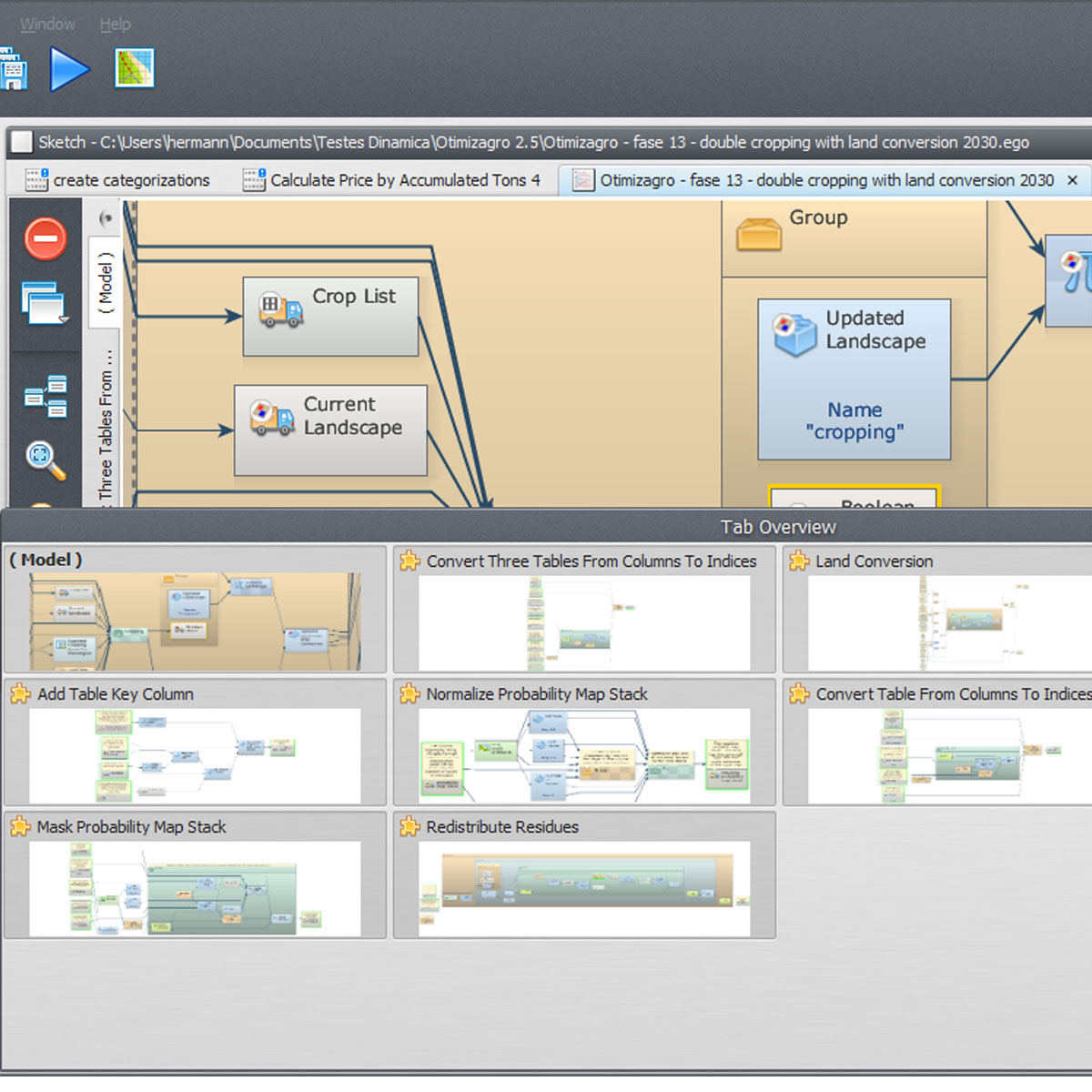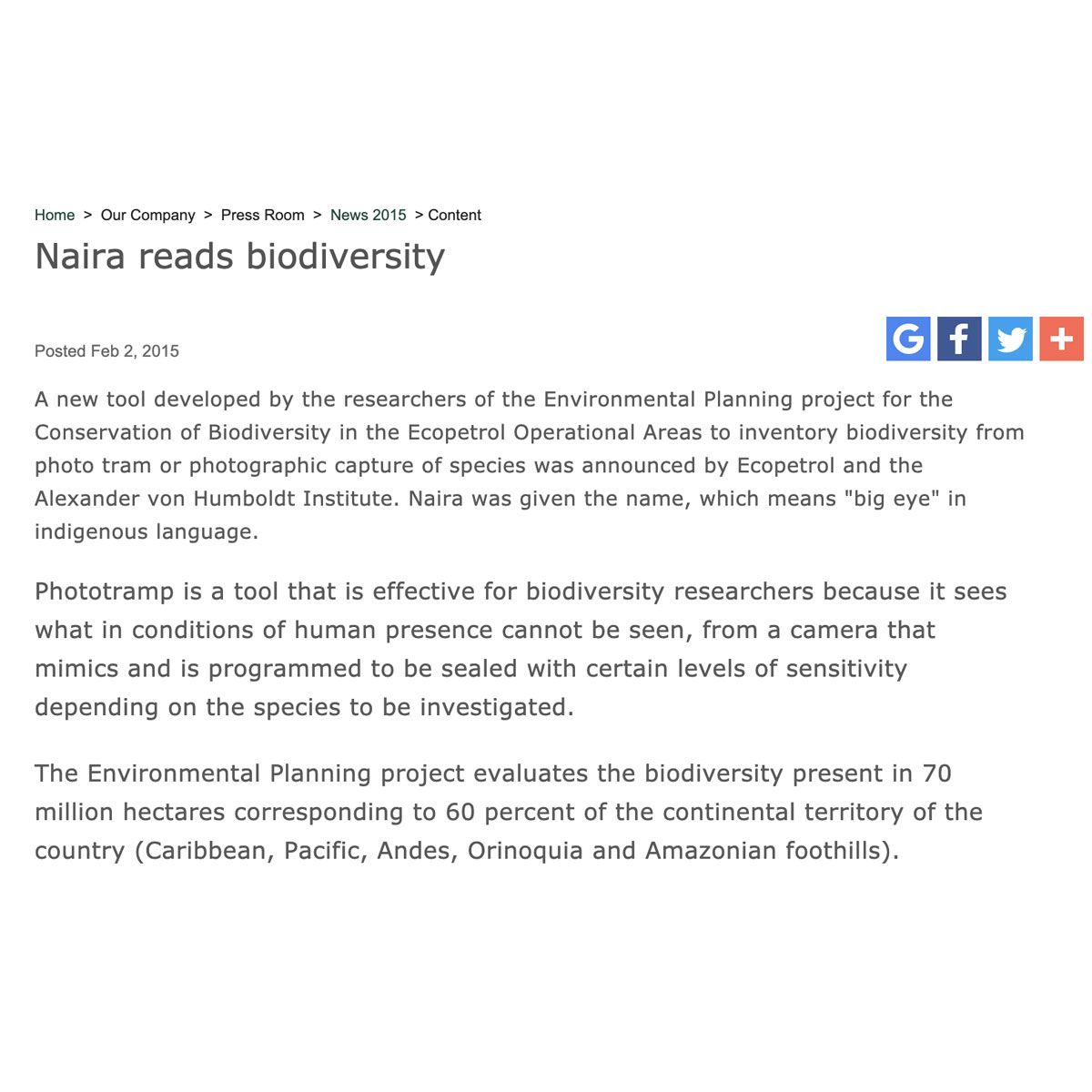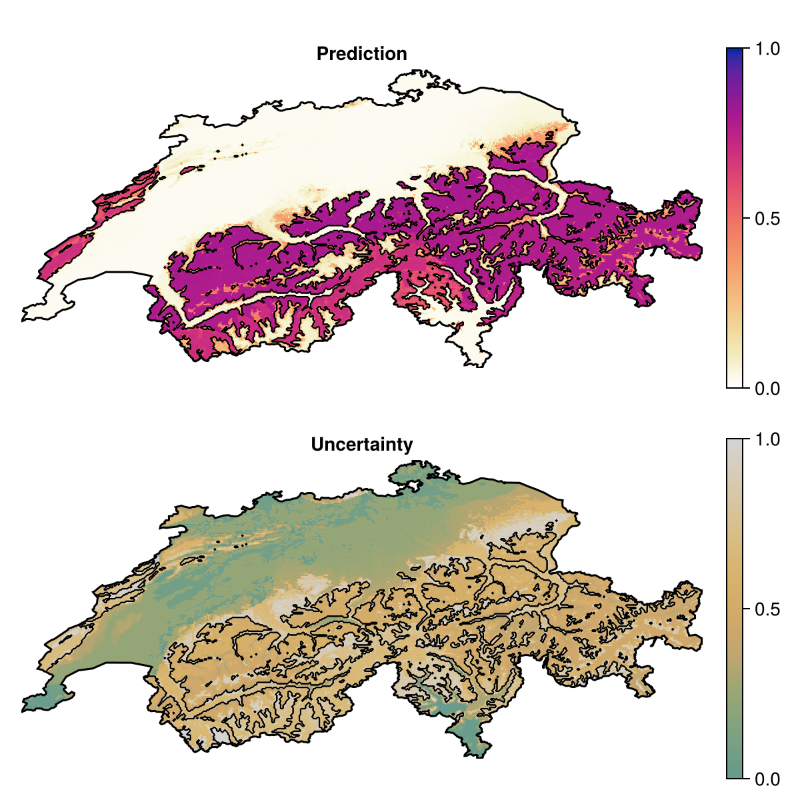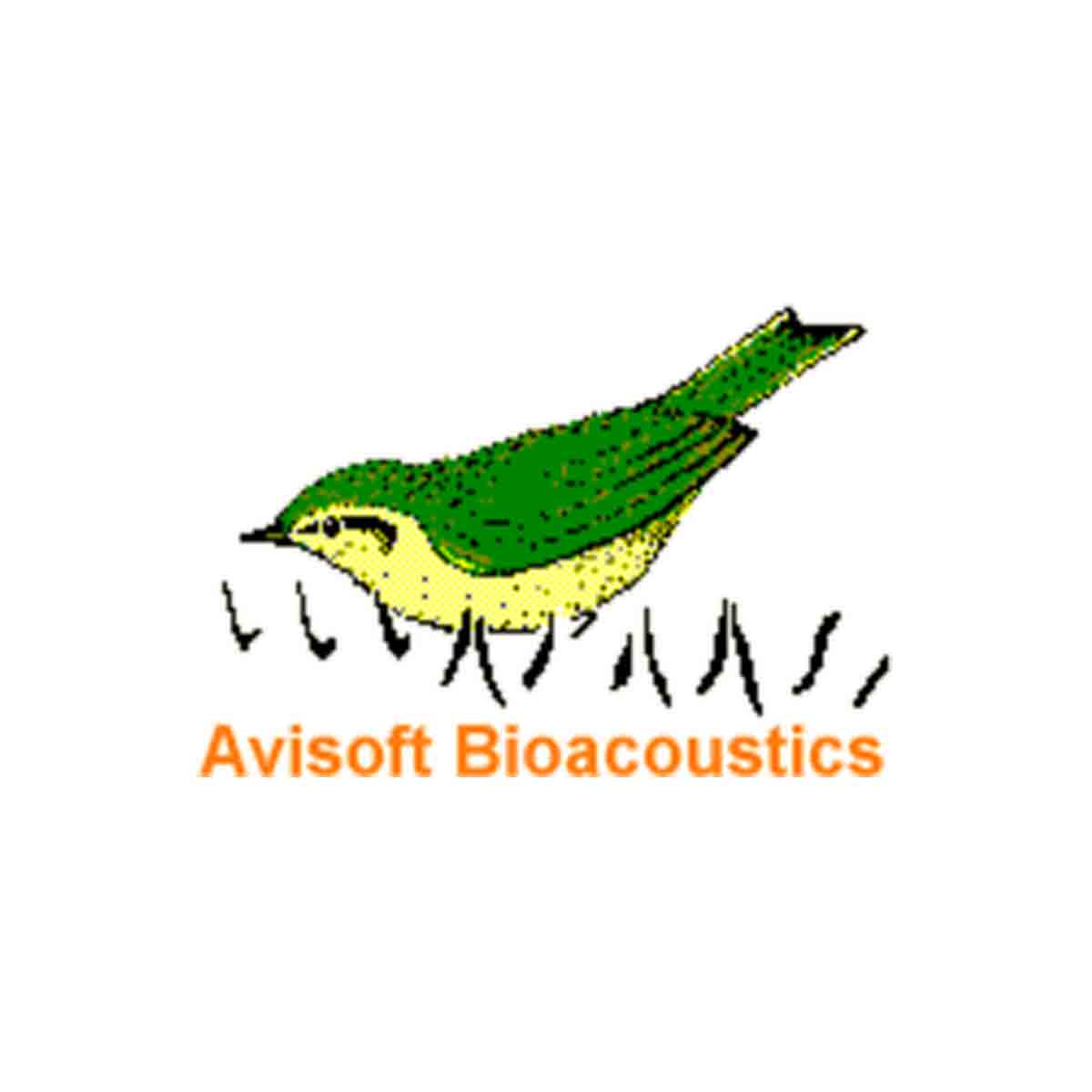
Land cover changes resulting from urban sprawl, transportation network densification, and agricultural practices lead the destruction and fragmentation of wildlife habitats, which can put the survival of animal and vegetal populations at risk. Considering spatial ecological networks and their connectivity in spatial planning and land use management ...
DOI: 10.1016/j.simpa.2021.100065
DOI: 10.1016/j.envsoft.2012.07.002
Last Update: 2024
Data analysis Species populations Ecosystem function Terrestrial Freshwater Invasive Migratory Birds Mammals Fishes Reptiles Butterflies
Login to add the tool into your favorites.
Land cover changes resulting from urban sprawl, transportation network densification, and agricultural practices lead the destruction and fragmentation of wildlife habitats, which can put the survival of animal and vegetal populations at risk. Considering spatial ecological networks and their connectivity in spatial planning and land use management is therefore crucial for preserving biodiversity. In this context, modelling ecological networks is critical to assess their connectivity, propose and prioritize conservation measures (for instance ecological restoration), and compare the impact of prospective development scenarios. This spatial modelling approach complements in highly practical ways other field-based surveys and analyses commonly implemented in ecology.
| License: | CC 0 |
|---|---|
| Technical Status: | Finish and with constant technical support |
| Recommendation for its use: | Graphab is a software program devoted to the modelling of habitat networks using graph-theoretical approaches. It is the only tool of its kind combining the construction and visualization of graphs, with subsequent connectivity analyses and links with external geographical or biological data. It is easily compatible with Geographical Information Systems. |
| URL(s): | https://thema.univ-fcomte.fr/productions/software/graphab/en/home.html |
Login to add a review for the tool GrapHAB
TOOLS YOU MAY ALSO LIKE
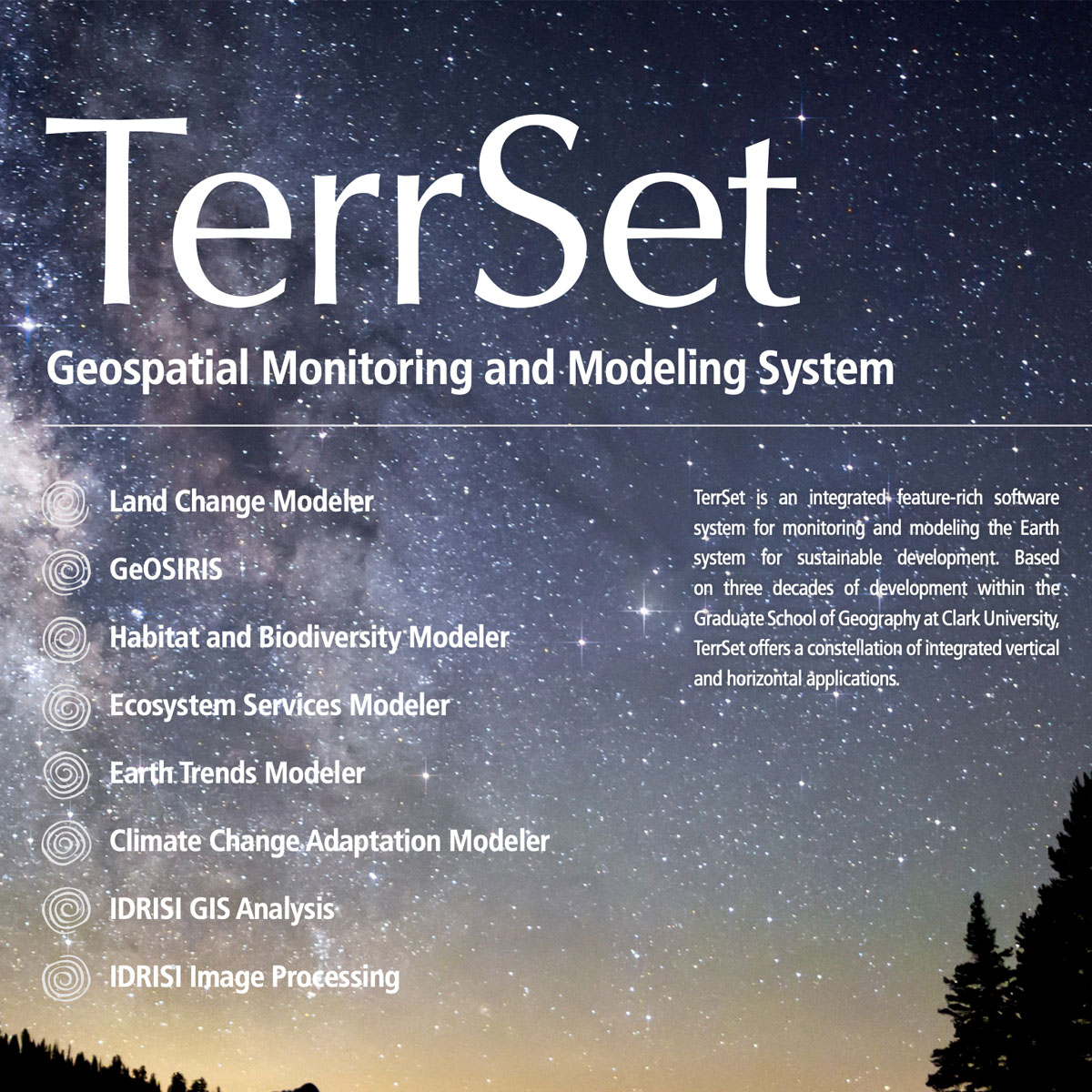 © Clark Labs, Clark University
© Clark Labs, Clark University
